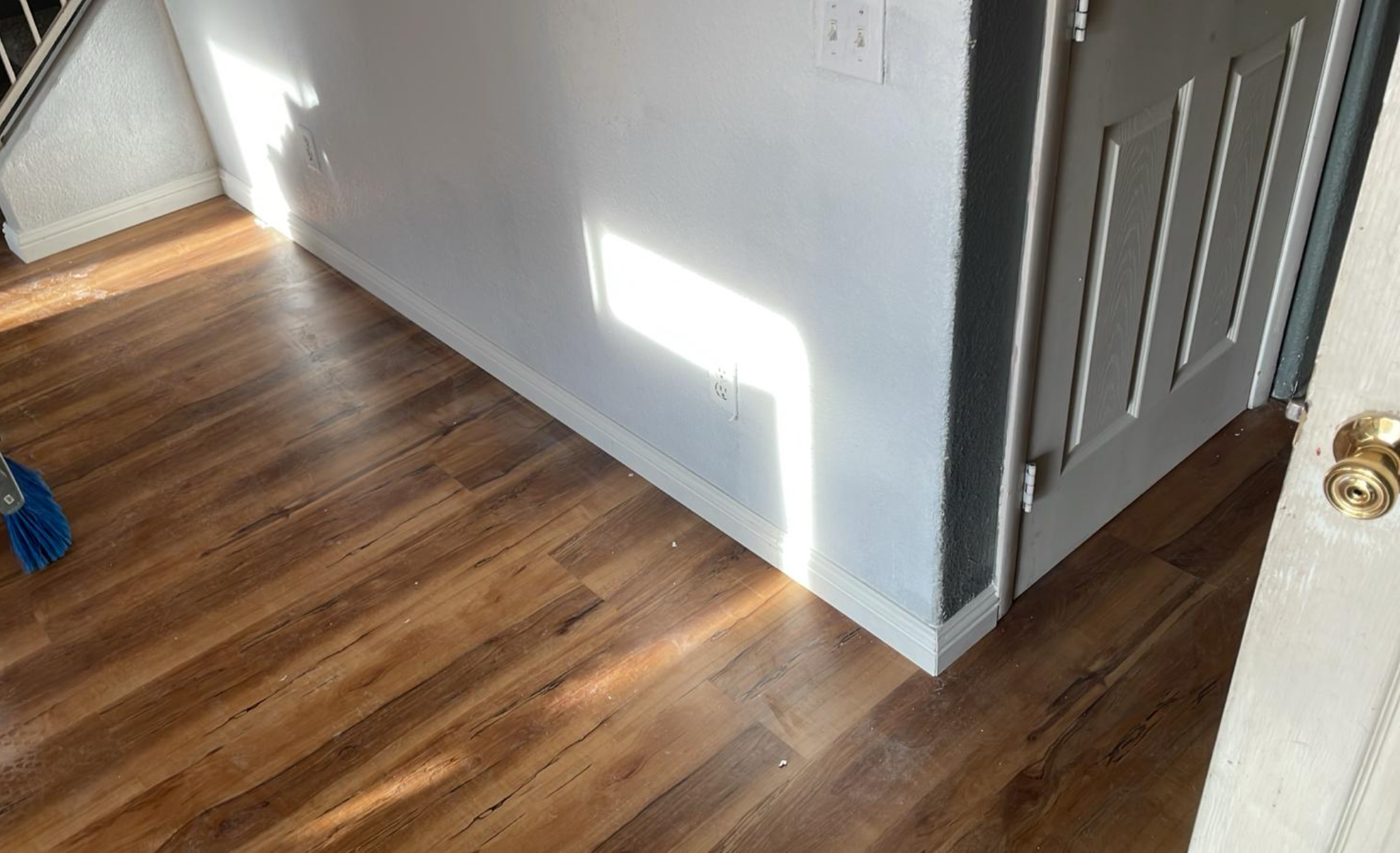
Installing baseboards in a room with carpet requires careful consideration to ensure a professional finish and a seamless look. The height at which you install your baseboard can impact the appearance and functionality of your room. This article will guide you through the process of determining the right height for installing baseboards when you have carpet, ensuring a neat and aesthetically pleasing result.
Understanding Baseboards and Their Purpose
Baseboards, also known as skirting boards, are the trim that runs along the bottom of your walls. They serve both decorative and functional purposes:
- Protection: Baseboards protect the walls from damage caused by furniture, vacuum cleaners, and foot traffic.
- Concealment: They hide the gaps between the wall and the floor, covering any uneven edges or imperfections.
- Aesthetic Appeal: Baseboards add a finishing touch to a room, contributing to its overall style and design.
Factors to Consider When Installing Baseboards for Carpet
1. Carpet Thickness
The thickness of your carpet is a crucial factor in determining the height of your baseboard. Carpets vary in thickness, and this will affect how high you need to install the baseboards. Thicker carpets will require higher baseboards to ensure a proper fit and to avoid compressing the carpet.
2. Carpet Padding
Carpet padding, or underlay, is placed beneath the carpet to provide cushioning and support. The thickness of the padding should also be taken into account when determining the height of your baseboard installation. Thicker padding will raise the carpet, necessitating a higher baseboard.
3. Installation Method
The method you choose to install your baseboards can also influence the height. There are two common methods:
- Before Carpet Installation: Installing baseboards before laying the carpet allows for precise positioning and can make the carpet installation process easier.
- After Carpet Installation: Installing baseboards after the carpet is in place ensures that the baseboards sit neatly on top of the carpet, but it may require more careful measurement and adjustment.
Recommended Height for Installing Baseboards
General Guidelines
As a general rule, baseboards should be installed approximately 3/8 to 1/2 inch above the subfloor if the carpet and padding are not yet installed. This height allows enough space for the carpet and padding to be tucked underneath the baseboard, ensuring a clean and professional look.
Measuring for Accurate Height
- Measure the Carpet and Padding Thickness: Measure the combined thickness of your carpet and padding. This will give you an idea of how high to install your baseboards.
- Mark the Wall: Use a pencil to mark the desired height on the wall. This will serve as a guide for installing the baseboards.
- Use a Spacer: To maintain a consistent height, use a spacer block or a piece of scrap wood cut to the correct height. Place the spacer on the floor and rest the baseboard on top of it while nailing or screwing the baseboard into place.
Example Calculation
If your carpet is 1/2 inch thick and your padding is 1/4 inch thick, the total thickness is 3/4 inch. To allow for a snug fit, you would install the baseboard approximately 3/4 inch above the subfloor.
Step-by-Step Guide to Installing Baseboards for Carpet
Tools and Materials Needed
- Measuring tape
- Pencil
- Spacer block or scrap wood
- Level
- Nail gun or hammer and nails
- Miter saw or coping saw
- Caulk and caulk gun
- Paint or finish (optional)
Installation Steps
- Measure and Cut Baseboards: Measure the length of each wall and cut the baseboards to size using a miter saw. Make miter cuts for corners to ensure a tight fit.
- Mark the Height: Use a measuring tape and pencil to mark the desired height on the wall. Place your spacer block on the floor and draw a line at the top of the spacer.
- Position the Baseboard: Position the baseboard on the wall, aligning it with the pencil marks. Use a level to ensure the baseboard is straight.
- Secure the Baseboard: Using a nail gun or hammer and nails, secure the baseboard to the wall. Start at one end and work your way to the other, making sure the baseboard remains level.
- Fill Gaps and Joints: Use caulk to fill any gaps between the baseboard and the wall, as well as at the joints where baseboards meet. Smooth the caulk with your finger or a caulk tool.
- Paint or Finish: If desired, paint or finish the baseboards to match your room’s decor. Allow the paint or finish to dry completely before proceeding.
- Install Carpet and Padding: Once the baseboards are installed, you can proceed with installing the carpet and padding. The carpet installer will tuck the edges of the carpet under the baseboards for a clean, finished look.
Common Mistakes to Avoid
- Incorrect Measurements: Always double-check your measurements to ensure accurate baseboard height.
- Uneven Installation: Use a level to ensure your baseboards are straight and even.
- Inadequate Spacing: Leave enough space for the carpet and padding to fit comfortably beneath the baseboard without being compressed.
Need Help?
Installing baseboards can be a straightforward DIY project, but if you prefer professional assistance, Getz Handyman is here to help. Getz Handyman offers expert baseboard installation services to ensure a perfect fit and finish. Their skilled technicians can handle all aspects of the installation process, from precise measurements to secure installation, providing you with beautifully finished baseboards that complement your carpet and enhance your home’s interior. Contact Getz Handyman today for reliable and efficient baseboard installation services.
By following these guidelines and considering the factors involved, you can successfully install baseboards at the correct height for carpet, achieving a polished and professional look in your home.

